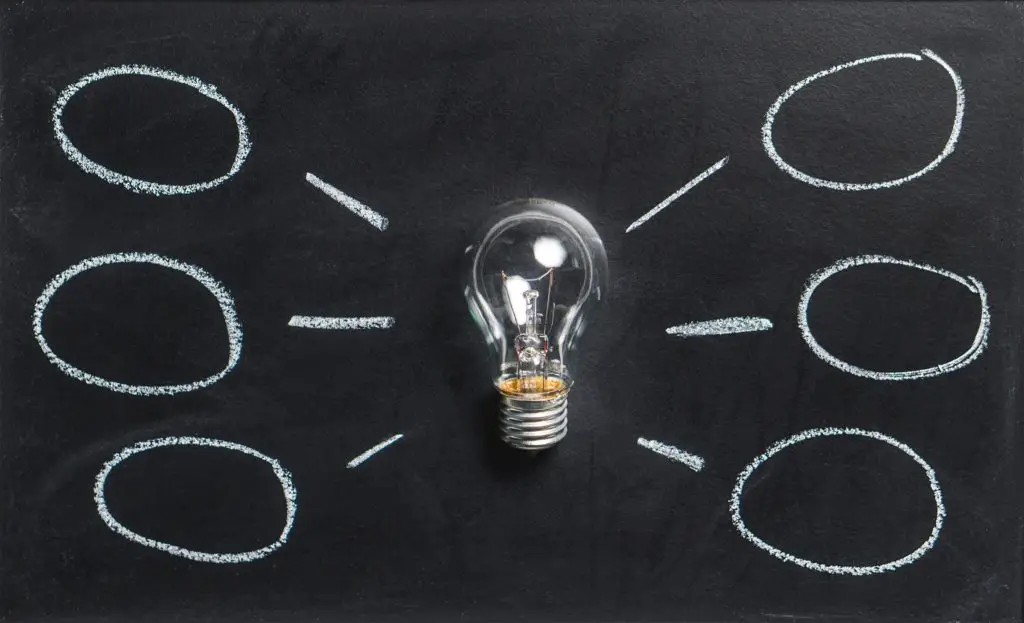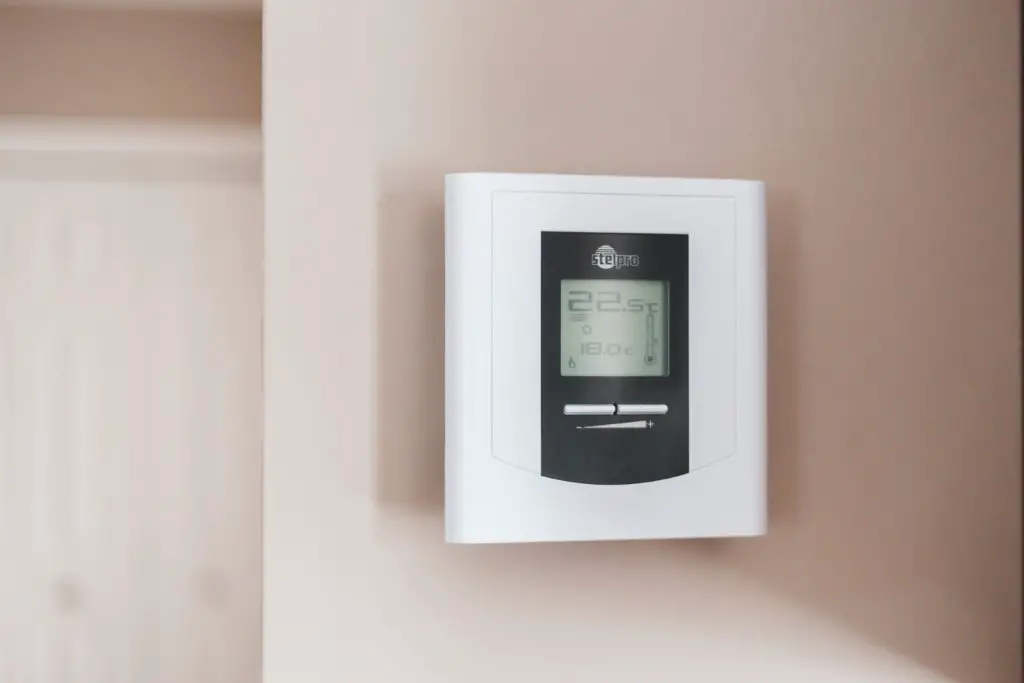This post may contain affiliate links; please see our disclaimer for details.
When receiving your electricity/energy bill each month, do you ever wonder what it really means? It’s not just about the numbers; it’s about the energy used to power your home.

Electricity is a necessity in today’s world.
We use it for everything from powering our homes to cooking our food, so it’s important to know how much we are using and how much we are spending.
It’s important to remember the amount of energy we use can also impact the environment.
So as consumers, we often think about how to cut costs and save money in our daily lives.
This can range from saving money on groceries, catching general sales, and overall household budgeting. But what about your electric bill?
The electric bill seems like one of those bills that happen and you have little control over it.
In modern times, lighting, cooling, and heat are necessities so going without electricity sounds absurd. But that doesn’t mean you have to like paying a high electricity bill every month.
There are ways to help lower your electricity bill without sacrificing your electricity.
One of the easiest ways to reduce your electric bills is by turning off the lights when you are not in a room.
This will not only save money on electricity, but it will also help the environment by reducing carbon emissions and air pollution.
The cost of electricity has been rising steadily for the past decade, and prices are expected to continue climbing.
Lowering your electricity bill should be a priority if you’re trying to save money and fortunately it’s quite easy to do and there are several ways you can tackle this!
Table of Contents
The Benefits of Lowering Your Electricity Bill
With the cost of living rising, many people are looking for ways to lower their electricity bills.
Lowering your thermostat could be one of the ways to save money on your tax bill.
In the winter, you may want to lose heat in your house by taking down a couple of window panes to lower the interior temperature. High humidity can cause mold and mildew growth, so a dehumidifier could help save on electric bills.
The average person spends $2,000 on electricity a year. This can add up to a $200+ monthly bill.
One of the most surprising benefits of lowering your electricity bill is that you can save up to $120 per year on your electric bill.
If you lower your energy use by 10%, you’ll save $20 each month and $120 a year.
10 Surprising Ways To Lower Your Electric Bill

1. Use a programmable thermostat
Programmable thermostats are great for controlling your home’s temperature on a schedule.
You can set it to adjust the temperature when you are away from home automatically.
This means that your heating or cooling system is only working when it needs to be, which will save you money on your utility bills in the long run.
Below is a very popular choice; the Nest Thermostat uses a sensor and GSP from your phone to know whenever you are leaving home.
2. Install LED light bulbs
LED light bulbs are more energy-efficient than traditional light bulbs and last much longer.
They also emit less heat, so they won’t raise the temperature in your home as much as regular bulbs.
This will help keep your energy bills down and make it easy to light your home efficiently.
3. Turn off the lights
Turning off the lights when you are not using them may seem a little obvious, but it can be surprising how much we forget to flip the switch when we leave the room.
This is highly beneficial because it saves money, energy, and pollution.
Most importantly, it helps to save the planet by reducing greenhouse gas emissions.
4. Turn off the electronics
Much like our lights, we may also forget to shut down other electronic devices.
They can drain our energy even when we are not using our electronics. We use a lot of electricity to power these devices.
The best thing you can do to save energy is to turn them off when you are not using them.
5. Use your dishwasher more efficiently
Use the dishwasher only for full loads of dishes and turn it on only during periods of high energy demand (usually in the evening).
Running your dishwasher when it is not full of dishes can waste water and energy.
If the dishwasher runs during periods of high energy demand, you will be charged a higher rate for electricity.
Appliances with motors, such as clothes washers, dishwashers, and ovens can use up to 3,600 kilowatt-hours per year.
You could alternatively wash your dishes by hand.
6. Dry your clothes on a clothesline
You can do this with a timer instead of running your electric dryer all day.
This is a big green living tip.
The convenience of a dryer is great, but if the weather is nice and warm, it can be much more beneficial to hang our clothes on a clothesline.
This also gives your clothes a nice natural scent to them.
7. Reduce the use of all major appliances during peak hours
This includes dishwashers, clothes washers and dryers, ovens and stoves, space heaters, air conditioners, and dehumidifiers.
We mentioned dishwashers above, but applying the same idea to all of your major household appliances can be beneficial.
Even the smallest appliance can use a lot of power. A space heater uses up to 1,000 kilowatt-hours per year. And an air conditioner or dehumidifier can use between 2,400 and 10,800 kilowatts per year.
Your energy provider should know how much your appliances use if you want to know the exact numbers.
8. Install energy-efficient windows
Use a double-paned glass that is tinted for better insulation from the heat in summer and cold in winter.
This is beneficial as it will help keep your house at a more balanced temperature, and you won’t need to use the air or heat as often.
9. Use a power strip with multiple outlets
Doing this can help you control and turn off all appliances that are not in use.
When you’re not using your electronics, it’s best to turn them off. But what should you do when there aren’t enough outlets in a room to plug all of them in?
You could use a power strip with multiple outlets to plug all of your devices into one outlet while they are turned off. This will help reduce the amount of energy wasted when they are plugged in but not in
- Unplug appliances not in use or have an automatic shut-off after a certain period. This will prevent them from using energy when they’re not needed. It is estimated that about 10-15% of the energy used in a house is wasted because of appliances that are plugged in but not in use.
- The best way to reduce this usage is by unplugging appliances that are not being used for an extended time or have an automatic shut-off after a certain time.
10. Install power-saving devices on appliances
These devices will automatically turn off the appliance when it is running at full capacity and then turn it back on when it needs to be used again.
With higher power rates, it is necessary to ensure that you use your appliances efficiently.
To learn more about these sorts of devices, contact your electricity company. Not only will this save money, but it will also cut down on wasted energy.
Conclusion
Reducing Your Electric Bill Is a Great Way to Boost Your Finances While Also Doing the Planet a Favor
The average American spends $2,000 a year on electricity. However, many people don’t know how to reduce their electric bills and are paying too much for their energy usage.
However, we know that there are various ways to reduce energy consumption and save money without feeling like you’re sacrificing any convenience.
Reducing your electric bill is a great way to boost your finances while also doing the planet a favor.
Use our helpful tips above to reduce your electric bill. Remember to turn off any electronics when they are not in use.
Install LED bulbs in addition to specially made energy-saving bulbs. Invest in a programmable thermostat to have smarter control over the temperatures in your house.
Be sure to double-check smaller devices such as laptops, lamps, TVs, and computers for more places you save electricity.
Finally, going back to hand washing your dishes and hanging your clothes out to dry may seem archaic and this day and age, but it can go a long way in helping you save on your electricity bill.
Please do your part and see the benefits in your wallet and on our planet. Let us know other ways you’ve been able to save money on electric usage in the comments section below!
Disclaimer:
We hope the information in this article provides valuable insights to every reader but we, the Biesingers, are not financial advisors. When making your personal finance decisions, research multiple sources and/or receive advice from a licensed professional. As always, we wish you the best in your pursuit of financial independence!

